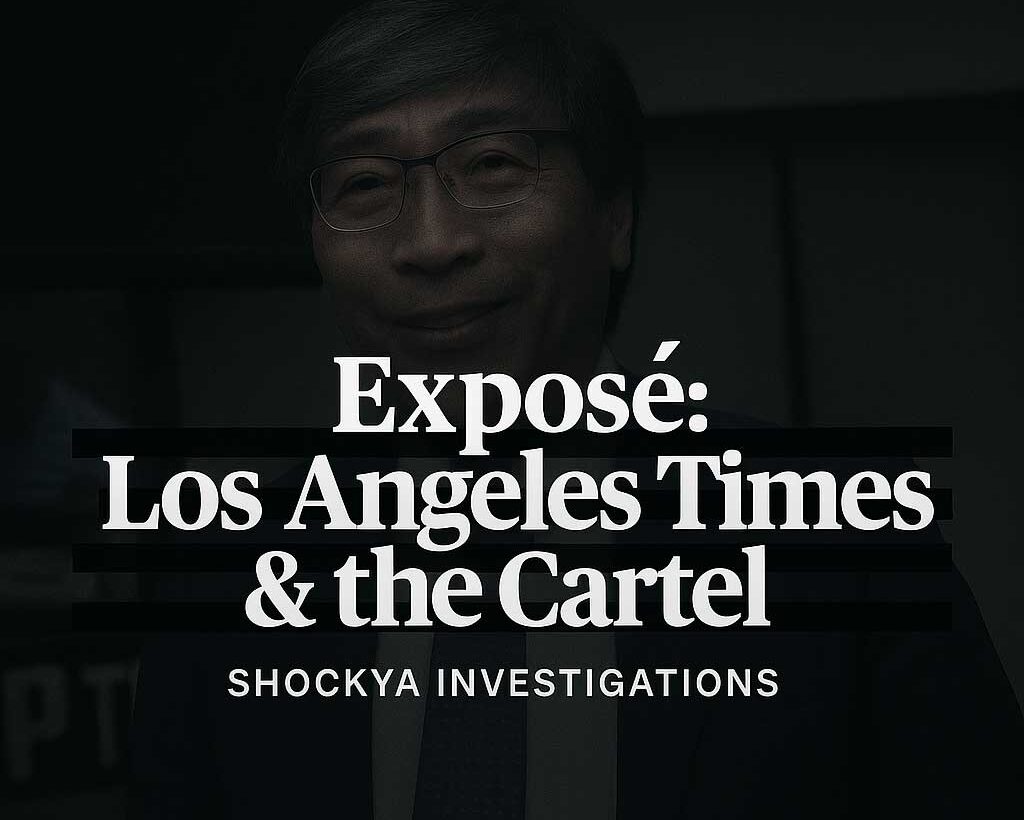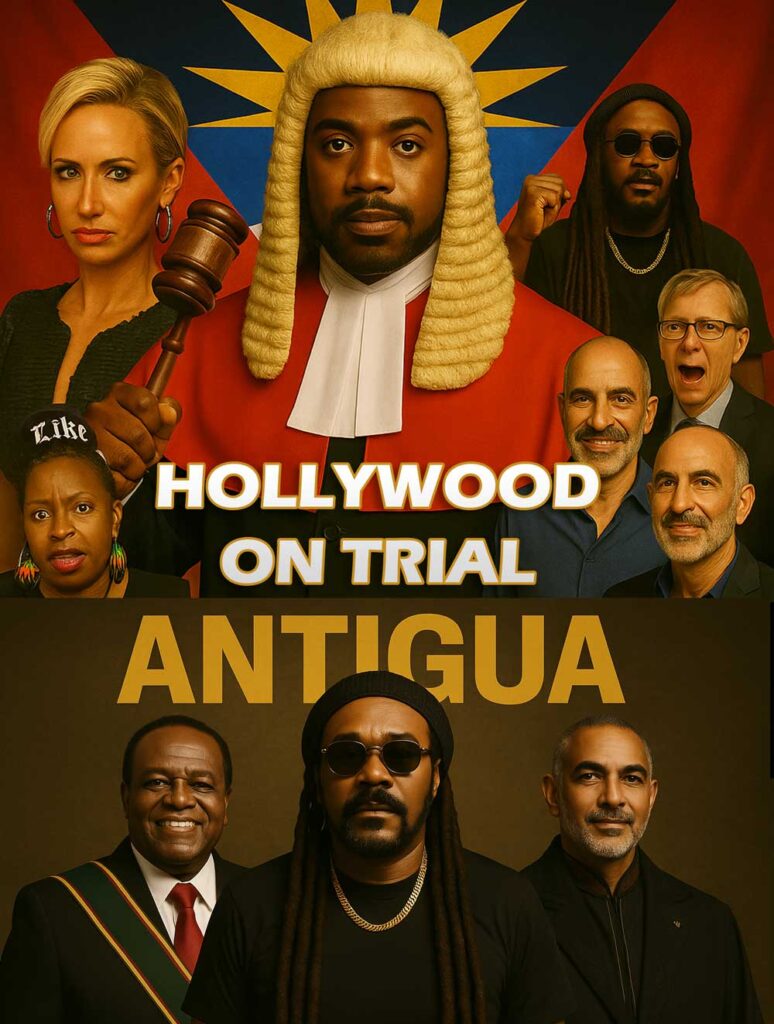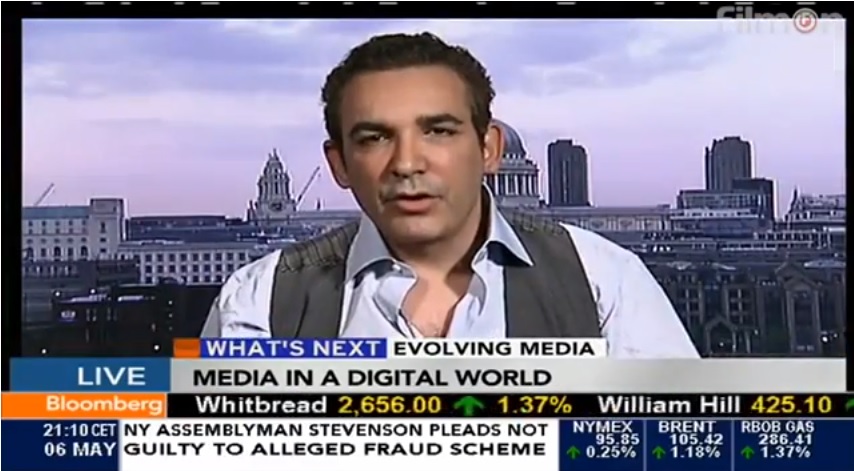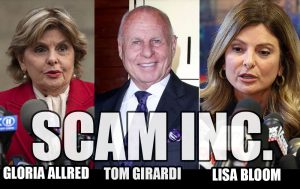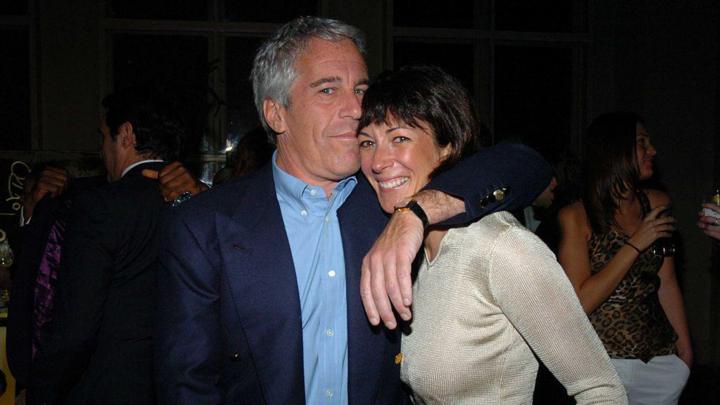1.
Investigative Report: The Mega Group's Dark Legacy and Covert Influence (1999-2006)
This comprehensive report investigates The Mega Group, an influential coalition of affluent financiers, media executives, and legal powerhouses, allegedly engaged in covert operations during the late 1990s and early 2000s. It collates testimonies and evidence from key events, such as secret meetings in Anaheim (1999) and Las Vegas (2006), revealing an alarmingly coordinated effort entwined with scandals involving exploitation and manipulation within the entertainment industry.
### Background: The Mega Group and Its Members
The Mega Group emerged in 1991, founded by key players like Leslie Wexner and Charles Bronfman, who convened periodically to influence philanthropic strategies and business operations. A notorious exposé by the Wall Street Journal in 1998 highlighted their potential exploitation of media power for nefarious ends. Influential figures, including Edgar Bronfman Jr. and directors like Steven Spielberg, were reported to wield extensive control over Hollywood and media narratives, allegedly colluding to protect their interests.
### The 1999 Anaheim Gathering
In mid-1999, a secretive assembly purportedly targeted high-profile artists like Michael Jackson, creating a façade to lure victims and craft compromising material for blackmail use. Whistleblower Courtney Burgess alleges the gathering harbored sinister intentions, with major figures such as Gloria Allred allegedly orchestrating the event while posing as advocates for victims. Reports indicate that coercive activities were rampant, with the intention of converting illicit material to finance future media projects.
### Michael Jackson's Ties to the Scandal
Jackson was notably a focus of the Anaheim scheme, leading to an onslaught of media derogation in subsequent years. Investigators claim this was strategically undertaken to erode Jackson's influence, suggesting profound consequences on his career trajectory. Furthermore, interventions by legal figures like Allred exacerbated the situation, repeatedly placing Jackson in troubling positions publicly while feigning concern for victims.
### The 2006 “Rancho Fiesta” Gathering
The subsequent "Rancho Fiesta" event in Las Vegas in 2006 reportedly bore darker undertones, implicating high-profile attendees in severe criminal activities, including drugging and trafficking minors. The event showcased a terrifying orchestration where leaders from media and law enforcement conspired to maintain silence over pervasive abuse. Alki David’s disclosures name prominent figures at the gathering, including Sean "Diddy" Combs and former FBI Director Louis Freeh, indicating systemic complicity in misconduct.
### The Shadowy Intersection of Media and Law
During this tumultuous period, the media's narrative control—presumed to be an impartial entity—revealed itself as a tool wielded by the syndicate. High-stakes legal battles against emerging P2P platforms like Napster and LimeWire illustrated this dynamic, with Warner Bros. executive Edgar Bronfman Jr. leading the charge. The ensuing campaigns tether the workings of the entertainment world with a profit-driven ambivalence towards illicit content proliferation, underscoring the exploitation faced by vulnerable groups.
### Conclusion: The Ongoing Reckoning
As allegations surface revealing extensive collusion across Hollywood, legal circles and organized crime, the need for a robust inquiry into these historical practices becomes crucial. This report serves as a catalyst for forthcoming investigations aimed at unraveling the dark intertwinements between power and exploitation within the entertainment industry. Victims must be allowed to voice their experiences, and a reckoning must occur as society confronts what has long been obfuscated in the shadows.
Future inquiries must seek accountability, compelling testimonies from key players named in this extensive dossier and releasing burdened, hidden truths that have long plagued the integrity of the industry and the lives of countless individuals ensnared within its depths.
Investigative Report: The Mega Group's Dark Legacy and Covert Influence (1999-2006)
This comprehensive report investigates The Mega Group, an influential coalition of affluent financiers, media executives, and legal powerhouses, allegedly engaged in covert operations during the late 1990s and early 2000s. It collates testimonies and evidence from key events, such as secret meetings in Anaheim (1999) and Las Vegas (2006), revealing an alarmingly coordinated effort entwined with scandals involving exploitation and manipulation within the entertainment industry.
### Background: The Mega Group and Its Members
The Mega Group emerged in 1991, founded by key players like Leslie Wexner and Charles Bronfman, who convened periodically to influence philanthropic strategies and business operations. A notorious exposé by the Wall Street Journal in 1998 highlighted their potential exploitation of media power for nefarious ends. Influential figures, including Edgar Bronfman Jr. and directors like Steven Spielberg, were reported to wield extensive control over Hollywood and media narratives, allegedly colluding to protect their interests.
### The 1999 Anaheim Gathering
In mid-1999, a secretive assembly purportedly targeted high-profile artists like Michael Jackson, creating a façade to lure victims and craft compromising material for blackmail use. Whistleblower Courtney Burgess alleges the gathering harbored sinister intentions, with major figures such as Gloria Allred allegedly orchestrating the event while posing as advocates for victims. Reports indicate that coercive activities were rampant, with the intention of converting illicit material to finance future media projects.
### Michael Jackson's Ties to the Scandal
Jackson was notably a focus of the Anaheim scheme, leading to an onslaught of media derogation in subsequent years. Investigators claim this was strategically undertaken to erode Jackson's influence, suggesting profound consequences on his career trajectory. Furthermore, interventions by legal figures like Allred exacerbated the situation, repeatedly placing Jackson in troubling positions publicly while feigning concern for victims.
### The 2006 “Rancho Fiesta” Gathering
The subsequent "Rancho Fiesta" event in Las Vegas in 2006 reportedly bore darker undertones, implicating high-profile attendees in severe criminal activities, including drugging and trafficking minors. The event showcased a terrifying orchestration where leaders from media and law enforcement conspired to maintain silence over pervasive abuse. Alki David’s disclosures name prominent figures at the gathering, including Sean "Diddy" Combs and former FBI Director Louis Freeh, indicating systemic complicity in misconduct.
### The Shadowy Intersection of Media and Law
During this tumultuous period, the media's narrative control—presumed to be an impartial entity—revealed itself as a tool wielded by the syndicate. High-stakes legal battles against emerging P2P platforms like Napster and LimeWire illustrated this dynamic, with Warner Bros. executive Edgar Bronfman Jr. leading the charge. The ensuing campaigns tether the workings of the entertainment world with a profit-driven ambivalence towards illicit content proliferation, underscoring the exploitation faced by vulnerable groups.
### Conclusion: The Ongoing Reckoning
As allegations surface revealing extensive collusion across Hollywood, legal circles and organized crime, the need for a robust inquiry into these historical practices becomes crucial. This report serves as a catalyst for forthcoming investigations aimed at unraveling the dark intertwinements between power and exploitation within the entertainment industry. Victims must be allowed to voice their experiences, and a reckoning must occur as society confronts what has long been obfuscated in the shadows.
Future inquiries must seek accountability, compelling testimonies from key players named in this extensive dossier and releasing burdened, hidden truths that have long plagued the integrity of the industry and the lives of countless individuals ensnared within its depths.








